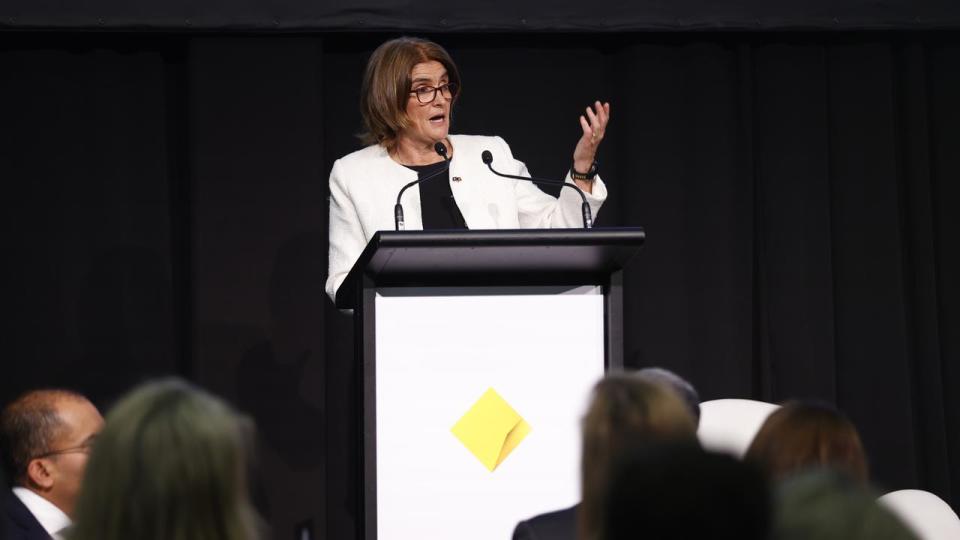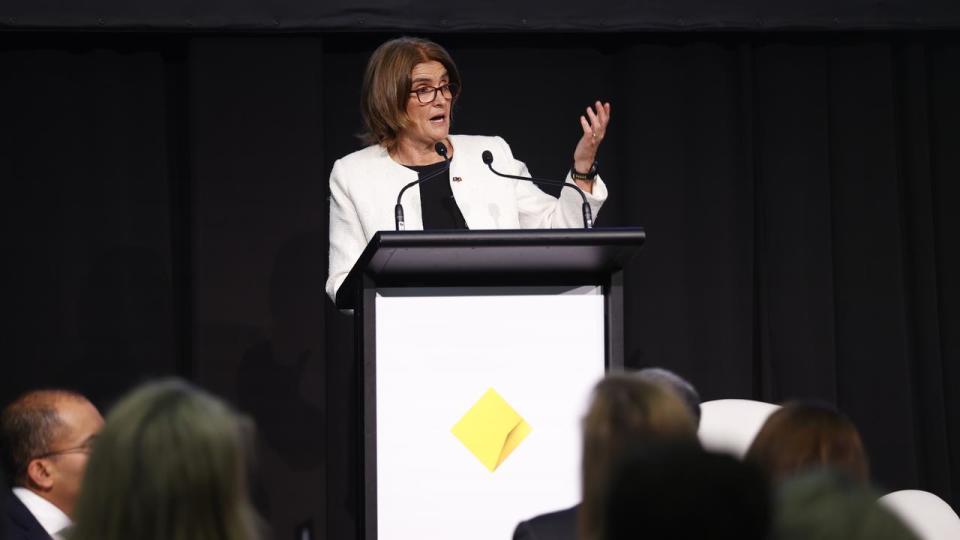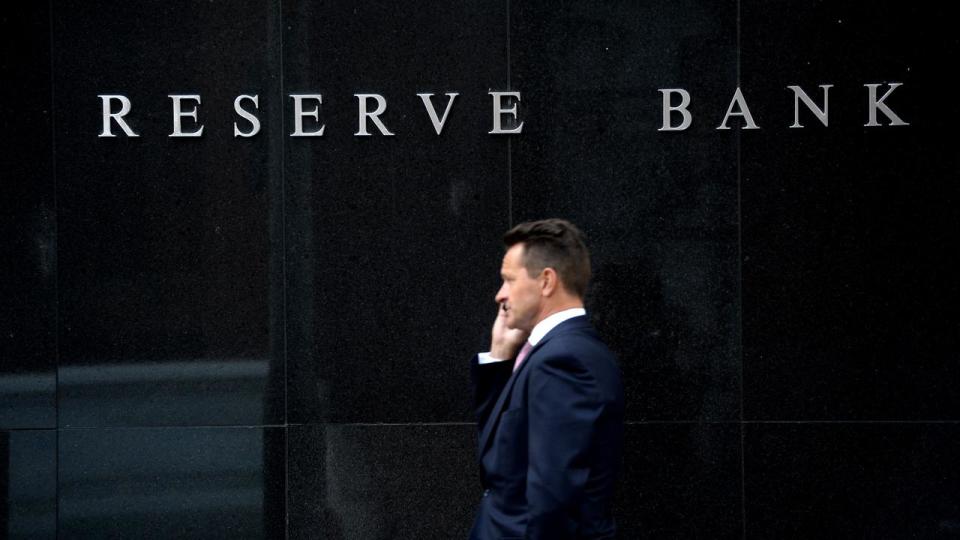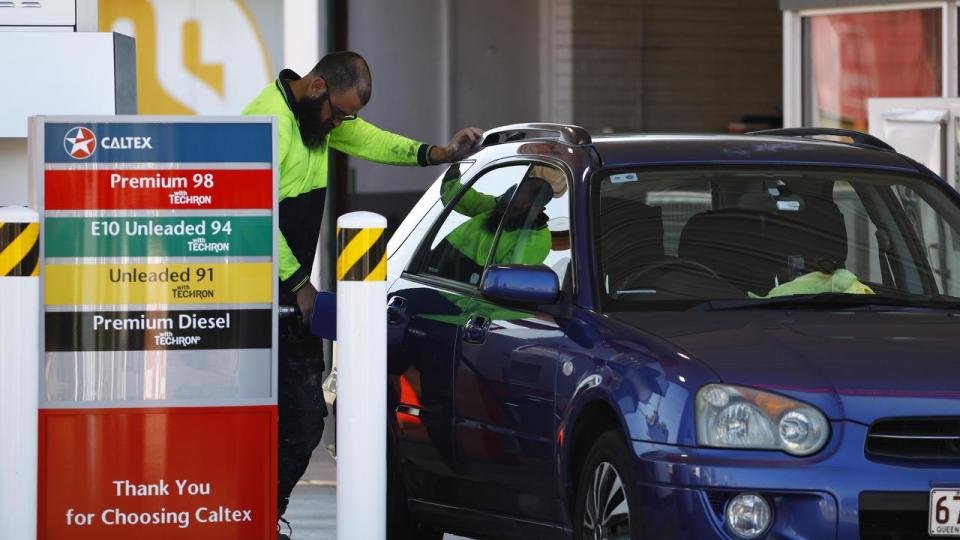Cup Day rate rise ‘all but sealed’

The Reserve Bank is expected hike rates a 13th time at its Melbourne Cup Day board meeting after new data showed a jump in inflation driven by soaring petrol prices, the tight rental market and surging power bills.
Headline inflation was 1.2 per cent in the September quarter, up from 0.8 per cent in June, data released by the Australian Bureau of Statistics on Wednesday showed.
However, annual headline inflation fell to 5.4 per cent in September, down from 6 per cent in June.
The data was stronger than economists’ expectations of a lift in the quarterly consumer price index of 1.1 per cent and an annual increase of 5.3 per cent.
The fresh figures are likely to be concerning news for new RBA Governor Michele Bullock and will raise expectations that the central bank will hike the cash rate to 4.35 per cent, up from 4.1 per cent.
Money markets are now pricing in an 60 per cent chance of a rate hike on November 7, up from a 40 per cent before the fresh quarterly inflation print.
Speaking at a business conference in Sydney on Tuesday evening, Ms Bullock reiterated that the RBA would hike rates if inflation proved more persistent than anticipated.
“The board will not hesitate to raise the cash rate further if there is a material upward revision to the outlook for inflation,” she said.

ANZ head of Australian economics Adam Boyton said the RBA would likely hike rates by 25 basis points in November following the “uncomfortably high” inflation print.
“We had been highlighting the risk that the bank could act either late this year or early next, and we now think it more likely than not that risk will be realised,” Mr Boyton said.
“While 4.35 per cent should mark the peak in the cash rate, there is a risk it could tighten beyond that. Any easing remains a very long way off.”
ANZ economists had previously forecast rates would stay on hold in November.
BetaShares chief economist David Bassanese agreed the RBA would likely raise rates.
“Inflation is easing, but perhaps a little too slowly for the RBA’s liking. Core goods and services inflation is still too sticky,” Mr Bassanese said.
But RBC Capital chief economist Su-Lin Ong said that despite the concerning inflation report, there were a number of “bright spots” which could give the Reserve Bank an “out” from a November rate hike.
“Monetary policy tightening to date is starting to impact on discretionary demand,” Ms Ong said.

In a concerning sign for the RBA, its preferred measure of underlying price pressures – trimmed mean inflation which strips out volatile items such as food and petrol – rose to 1.2 per cent from 0.9 per cent in June.
The benchmark S & P/ASX200, which had been trading about 0.4 per cent higher since trading opened slipped 0.3 per cent lower to 6839.9 points following the release of figures at 11.30am.
Underpinning the surprise result was a 7.2 per cent increase in fuel prices in the September quarter – the highest quarterly rise since March 2022.
With Brent crude prices nearing $US88 a barrel following supply cuts from Saudi Arabia and Russia and the outbreak of war between Israel and Hamas, motorists have been paying upwards of $2 a litre for petrol.

A potential escalation of the conflict, to embroil Iran or the United States, risks sending oil prices even higher, adding further volatility to global oil markets.
While acknowledging that inflation remained too high, Treasurer Jim Chalmer ruled out a cut to the 48.8c/litre fuel excise to reduce cost at the petrol bowser.
“We’ll contemplate what measures are necessary in our economy, consistent with our really strict approach to fiscal discipline, but it’s not something that we’re doing,” Dr Chalmers said.
Rents were also a significant contributor to price growth, rising 7.6 per cent in the year to September – the highest since 2009, as low vacancy rates pushed costs higher.
Rental costs jumped 9.5 per cent in Brisbane, 8.6 per cent in Sydney and 5.8 per cent in Melbourne, with further increases expected due to Australia’s rapidly increasing migration intake.
Offsetting the price growth were easing price pressures for furnishings, household appliances, clothing and footwear as households cut back on discretionary pressures in the face of the soaring cost of living.

 Yahoo Finance
Yahoo Finance 